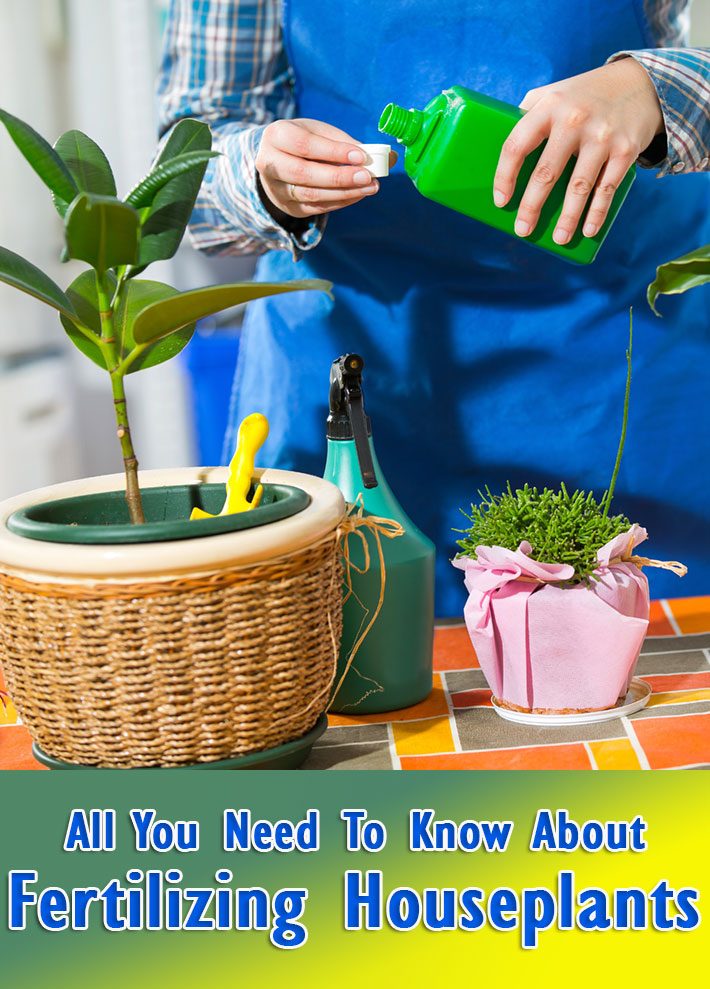
Feeding is another term for Fertilizing. Watering is not “feeding” or “fertilizing” in the true sense of the word, and what you feed the plant is not actually “food”. Confused yet? If you are, or even if you just want a refresher about the topic this guide will take you through the subject of plant feeding.
Plants create their own food through Photosynthesis. All plants create almost all of their energy, which in turns fuels growth, through photosynthesis. When you provide fertilizer you are adding tiny essential elements to the soil surrounding the roots which are needed by plants but can’t be produced by them.
Fertilizing a plant should be secondary to getting the very basics right first. For example before you even think about adding extra things to the soil you need to get the watering right and the plant needs sufficient light for its needs in order to produce an optimum level of photosynthesis. If your plant isn’t creating it’s own food to start with, then your house plant wont grow correctly no matter how much fertilizer you pour over it.
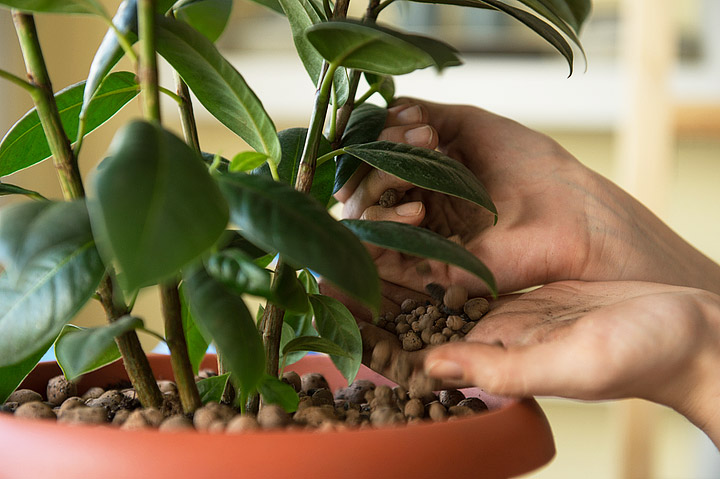
So What Actually is Fertilizer?
The simple definition of a fertilizer is: “A chemical or natural substance added to soil to increase its fertility”.
Humans need a varied diet in order for our bodies to extract sufficient amounts of carbohydrates, fats, proteins, dietary fiber, minerals, and vitamins. Plants also need certain qualities of nutrients in order to grow:
- Nitrogen (N): This helps plants with growth, in particular it creates the lush leaves or foliage of a plant. Nitrogen is very important for these reasons and it’s essential the soil contains enough of this in order to achieve plant growth. Nitrogen also makes up part of the chlorophyll in plants. Chlorophyll is the green part of leaves and stems which traps light energy and is used to make sugars for the plant through photosynthesis.
- Phosphorus (P): All plants need a strong root system to support everything above the soil and phosphorus is needed in order to achieve this. Therefore it provides nourishment to developing root systems. In mature plant’s it helps with reproduction. While nitrogen is critical for leaf growth and therefore photosynthesis i.e fueling a plant, phosphorus is essential in the distribution and storage of that fuel, in the form of sugars and starches.
- Potassium (K) (a.k.a. potash): This is normally associated with good flowering and fruiting. For example if you ever grow tomatoes out in the garden it’s always recommended to use a high potassium feed. Obviously a lot of house plants don’t produce flowers and those that do, not on the scale that tomatoes do, however the principle is the same. In addition to this potassium also improves the plants resistance to diseases.
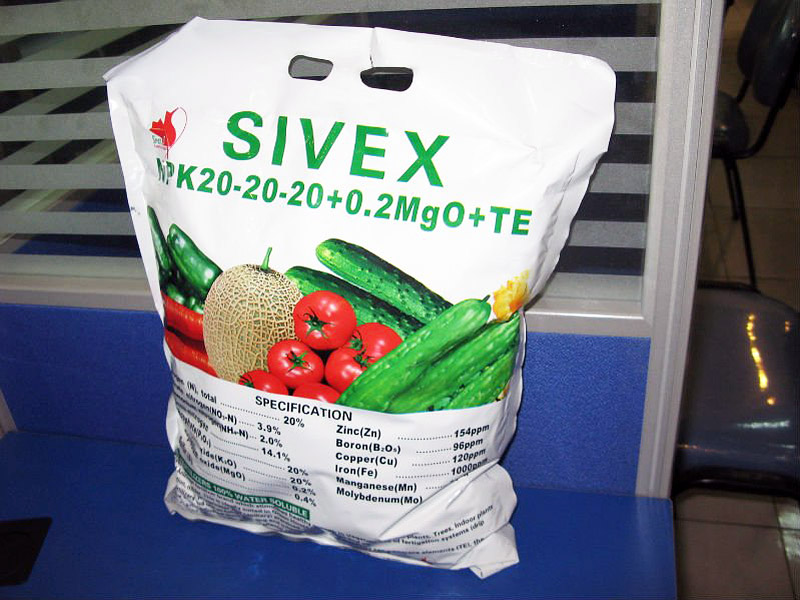
Nitrogen, Phosphorus and Potassium are known as the three macro nutrients and are found in almost all packaged fertilizer’s as they are needed in relatively large amounts.
The following are needed in lesser amounts and the average plant owner doesn’t need to worry about them too much:
- sulfur
- calcium
- magnesium
- boron
- cobalt
- copper
- iron
- manganese
- molybdenum and
- zinc.
What’s in The Bottle / Box / Tube?
Finally the good stuff! Sorry for some of the detailing above, we could have just jumped straight into this, but part of being a good gardener and a house plant owner is to be self sufficient. Hopefully if you understand some of the science behind that little bottle of fertilizer goodness, you may see what you are doing each time you use it in a different light.
Almost all house plant suitable fertilizer will come with a label on it letting you what’s inside, listed in the following order: Nitrogen, Phosphorus and Potassium, you may also see it written as NPK. You will see all of this listed in a ratio i.e.: 10-4-2 for example indicates 10 percent nitrogen, 4 percent phosphorus, and 2 percent potassium.

We already know from the above sections how our plants will use these elements, so all that’s left here is to know which one we should pick up from the store. This is really easy because the majority of house plants will be quite happy with an all purpose fertilizer. Most companies who make fertilizer know this, so what’s inside each product is generally the same. Which means it’s just a case of picking up the one with your favorite brand on the label. Mostly.
To add variety the fertilizer will come in different forms, choose the one that suits you the best:
- Ready to Use Liquid: You just need to follow the instructions by pouring a few drops into your watering can and that’s it.
- Powder Form: Like the liquid variety follow the instructions and spoon heap what’s needed into your watering can, stir and away you go.
- Slow-release sticks / tablets: If you really can’t be bothered with fertilizing every couple of weeks or months, then these could be for you. You just push them as instructed into the soil and they gradually break down, slowly releasing the fertilizer within. You do have less control if you use this method but they are great for convenience. The disadvantage is they tend not to be such good value for money.
- Natural/Organic Homemade Fertilizers: Organic/natural fertilizers often use alfalfa meal, cottonseed meal, or fish emulsion to provide nitrogen; bone meal or rock phosphate to provide phosphorus; and kelp meal or granite meal to provide potassium. The downside here is that they work much more slowly, first breaking down in the soil into forms that the plant roots can more easily absorb, then making their way up the plant roots to your hungry plants. Organic/natural fertilizers, on the other hand, don’t feed the plants directly but rather add essential nutrients to the soil where they become available to the plants, more slowly, over time.
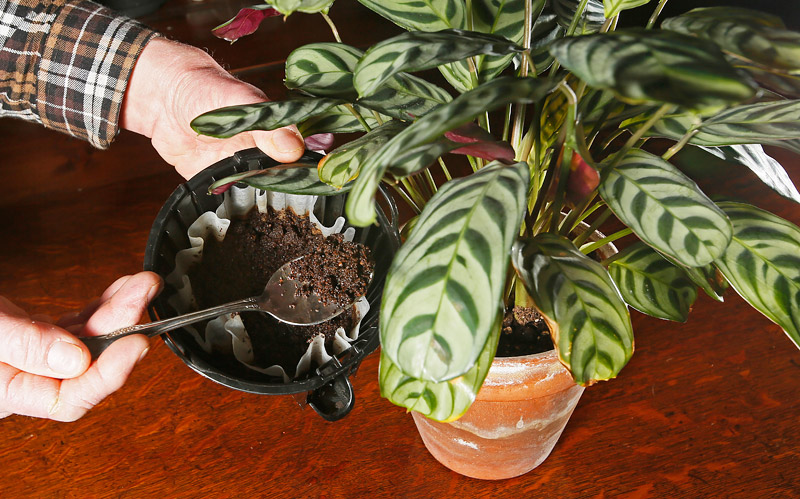
Tea As Fertilizer For House Plants
How Often Should I Feed?
Possibly the most asked and most important question of them all. It’s best to check your plants needs in our plant hub and go from there. If that doesn’t help then the rule of thumb to follow is: Feed at half strength every three or four weeks when your plant is actively growing.
Remember for the most part, plants never need excessive amounts of fertilizer to do well. The majority do not grow extremely fast, and even those that do, don’t produce masses and masses of growth. House plants are not garden plants, where the latter can put out insane amounts of growth in a very short period and therefore need considerably more nutrients.
Does Fertilizer Mean Quicker and Better Growth?
The answer to this is no. When a baby is born or someone starts bodybuilding, he or she needs more food than usual in order to fuel his or her rapid growth. If you give him or her more food then they actually need for this, then you end up with fat.
This is pretty much the same for plants. While there is no such thing as an obese plant, they can suffer ill effects such as distorted growth or just plain dying on you. By all means provide fertilizer when the plant is actively growing, but do go carefully. Less is more.
If you remember anything from this article remember this: Constant excessive amounts of fertilizer will not make your plant grow faster or bigger. It will just kill it.

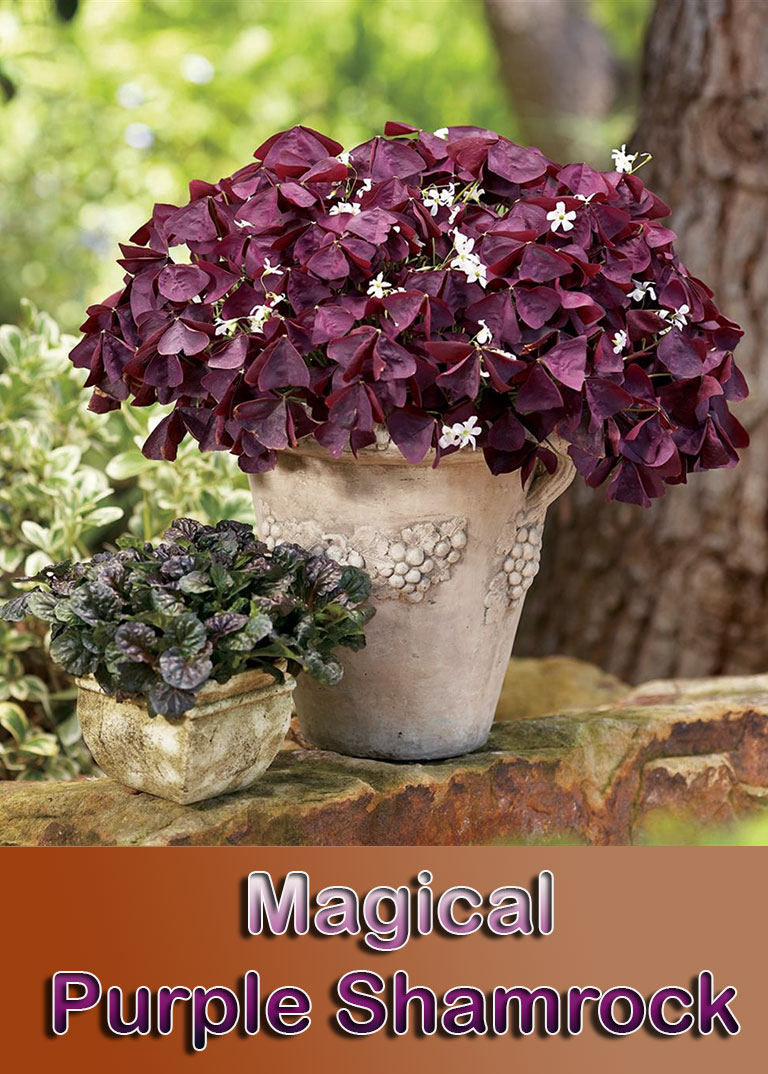
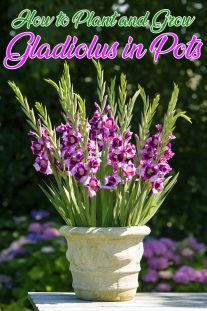

Leave a Reply